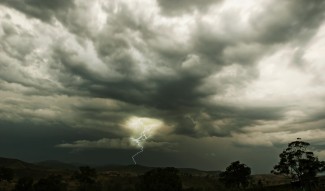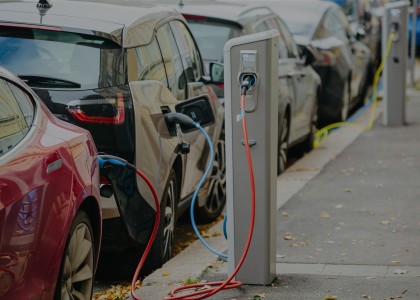Making sure cities are resilient to a broad array of challenges has become a core concern for anyone involved in urban planning. Hurricane Katrina’s devastation on the Gulf Coast, and, more recently, Hurricane Sandy's effects on the East Coast showed us that preparing for the future can have consequential impacts on people’s lives and communities as a whole. Both storms provided tangible examples of extreme weather’s danger, but cities and towns also face diverse challenges ranging from aging infrastructure in need of repair to the everyday social vulnerability of the disadvantaged.
Energy concerns are also a vital component of the community resilience equation because energy literally powers our communities, making modern life possible. Energy efficiency is an ideal component of any resilience strategy because it aids emergency response and recovery, helps with climate change adaptation and mitigation, and provides social and economic benefits. In our latest report, Enhancing Community Resilience Through Energy Efficiency, we discuss energy efficiency measures and their resilience benefits, and how efficiency can be integrated into resilience planning.
Take the example of energy-efficient buildings from our infographic below. If an emergency causes a power outage or heating fuel disruption, high-performance buildings can maintain their temperatures so residents may be able to shelter in place, as long as buildings’ structural integrity is maintained. This is particularly important for vulnerable populations sensitive to temperature changes, like those with medical conditions or the elderly. And, even when there is no emergency, buildings that are energy-efficient waste less energy, which generally translates to lower and less volatile energy bills for households. More stable billing means families can prepare better for the future, and it frees up disposable income that can be invested in other needs. Energy-efficient buildings also use less power, which translates to fewer greenhouse gases emissions, an important consideration to many local policymakers attempting to mitigate climate change. (For another example of energy efficiency and resilience, check out our 2012 blog post about how combined heat and power was deployed during Hurricane Sandy.)
Good resilience planning uses cross-cutting solutions to address diverse community needs, helping residents prepare for the varied threats that may come their way. Energy efficiency can be a core strategy for not only tackling these threats but also creating more prosperous communities.




